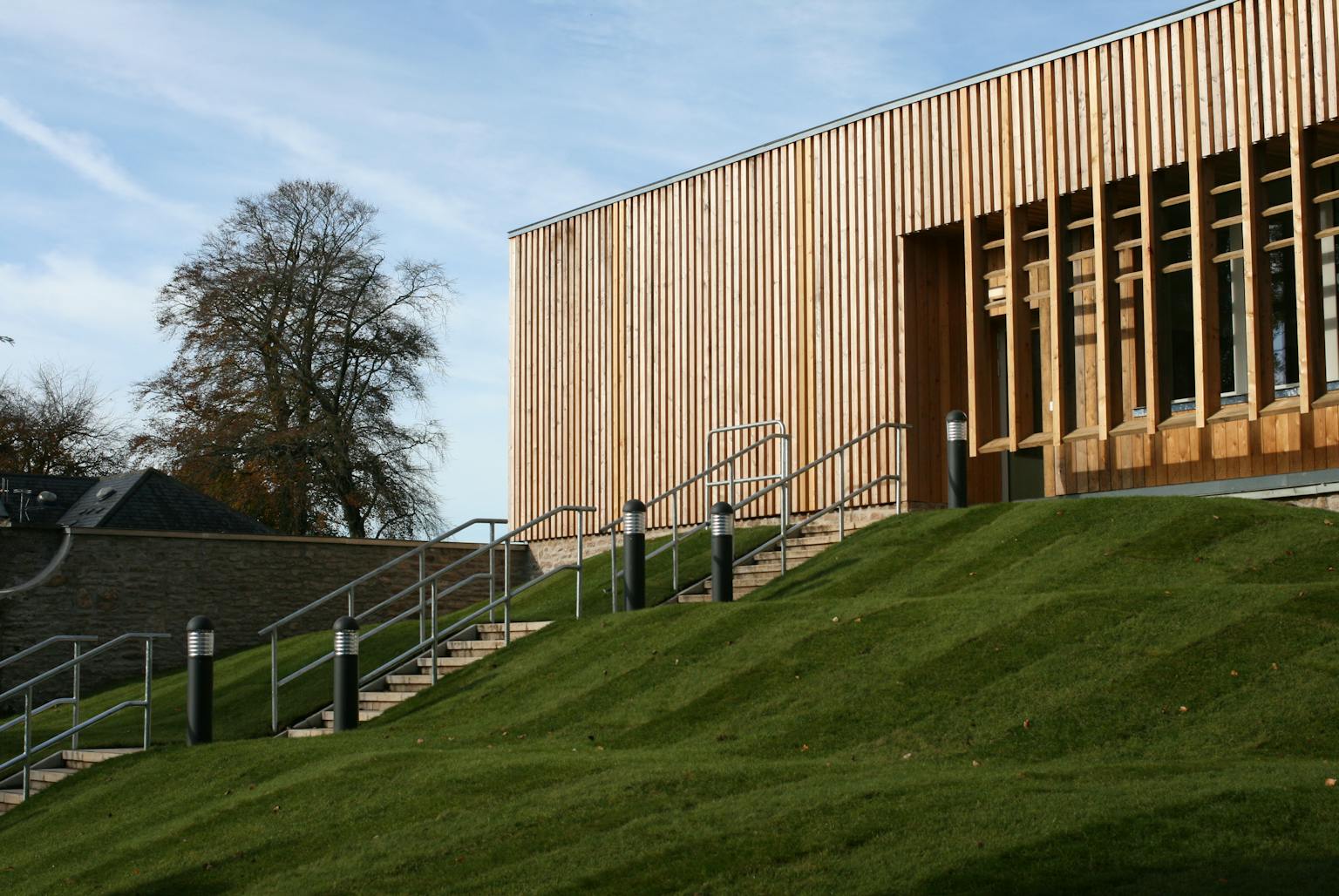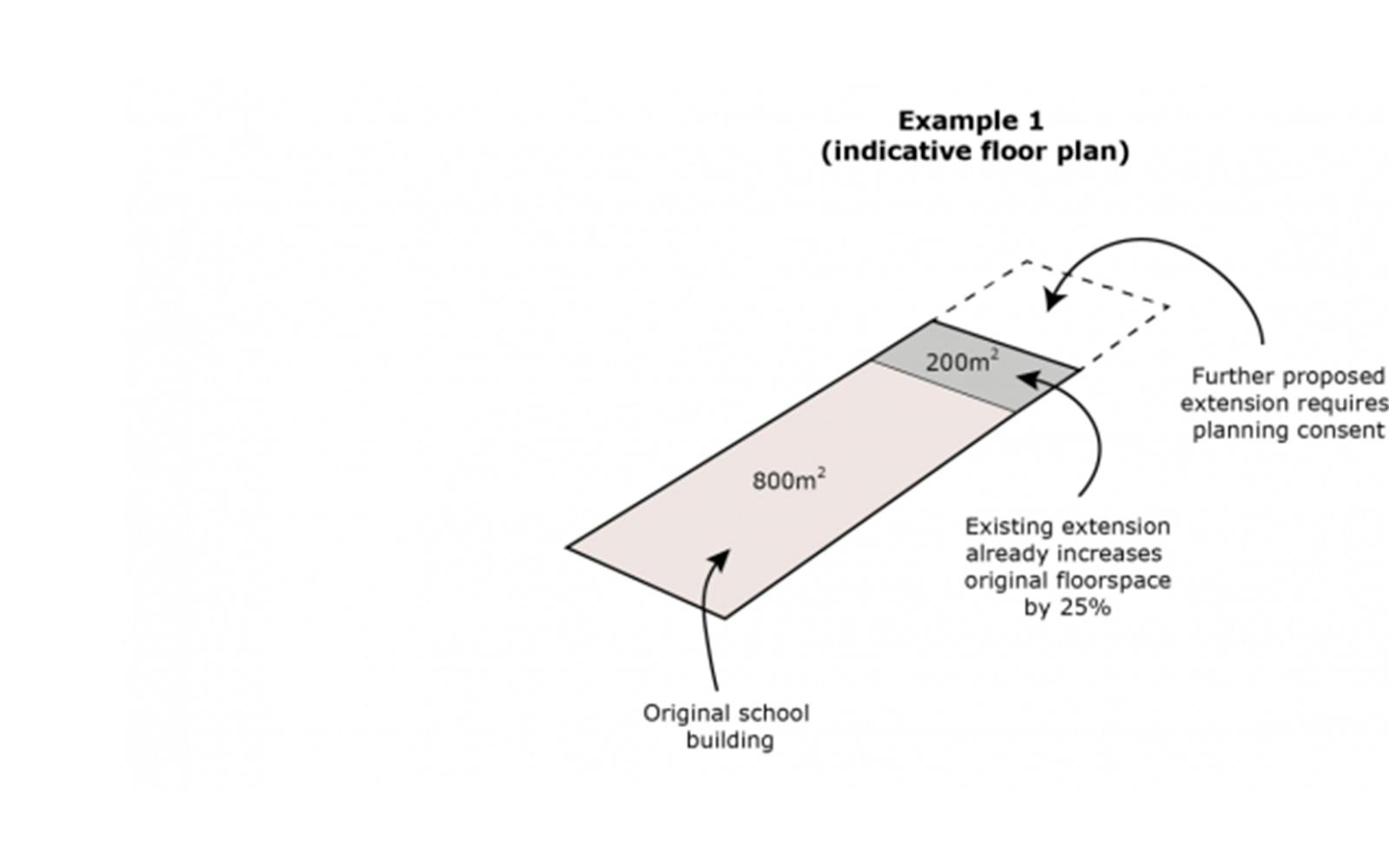
Changes to Permitted Development Rights for schools
Recent amendments to Permitted Development legislation include changes which extend the rights for new and existing schools.
In an effort to support the government’s commitment to deliver more school places, the Department for Communities and Local Government first introduced proposed changes to the General Permitted Development Order (GPDO) within its Technical Consultation on Implementation of Planning Changes (February 2016). Subsequently, new regulations presented to Parliament implement three key changes in relation to school buildings. These changes came into force on April 6th 2017, as stated and defined within the Town and Country Planning (General Permitted Development) (England) (Amendment) Order 2017.
The amendments are in relation to the following:
- The temporary use of a building as a state-funded school (Class C of Part 4 of Schedule 2).
- The temporary use of land for a state-funded school (a new provision within Class C to be known as Class CA).
- The erection, extension or alteration of a school (Class M of Part 7 of Schedule 2).
The key changes as a result of the above amendments are as follows:
Temporary school use of a building
The amendment to Class C of Part 4 of the legislation extends the existing temporary right to use any property within the use classes for a state-funded school, from one to two academic years.
As with the previous iteration of this part of the legislation, conditions apply which include that the site must be approved for use as a state-funded school by the relevant Minister, who in turn must notify the local planning authority of the approval.
The site must also revert to its previous lawful use at the end of the second academic year.
Provision of temporary school buildings on vacant land
The further provision within Class C (CA) allows the provision of temporary school buildings on vacant commercial land and the use of that land as a state-funded school for up to three academic years.
For the purpose of the legislation, ‘vacant commercial land’ means any land on which all buildings have been demolished and which was last used for a purpose falling within a business (B1), hotel (C1), residential institution (C2), secure residential institution (C2A), or assembly and leisure (D2) use. The developer must also apply to the local planning authority for a determination as to whether prior approval will be required in relation to transport and highway impact, noise impact, contamination risk, flood risk, or the siting and design of the development.
All buildings must be removed from the land at the end of the third academic year and the permission can only be used once in relation a particular site.
Extensions to existing school buildings
The amendment to Class M of Part 7 of the legislation increases the threshold previously permitted for extensions to existing school buildings, from 100m² to 250m². As with the previous iteration of the legislation, an extension of up to 250m² is subject to the gross floor space of the original building not being exceeded by 25%.
This means that the original school building can be extended by whichever is the lesser of either 25% of the original floor space or 250m². For example, if the original school building has a floor space of 800m² and has been extended already by 200m² (i.e. 25% of 800m² but less than the 250m² threshold) or more, any further development would not fall within the limitations of the Permitted Development legislation and as such no further extension can be carried out without planning consent being sought.

Alternatively, if the original school had a floor space of 2000m2 and had not undergone any extensions, any extension carried out under the provisions of the Permitted Development legislation would not be able to exceed 250m² as this is the lesser of 25% of the original (500m²) and the new threshold of 250m².

The information presented here is a summary of the recent changes. It is important that any proposed scheme which may potentially fall within the provisions of the amended Permitted Development legislation be considered in detail in respect of the precise wording of the legislation itself and any necessary conditions set out within it.
We would therefore encourage any parties considering such development to contact LUC for further advice and guidance.










